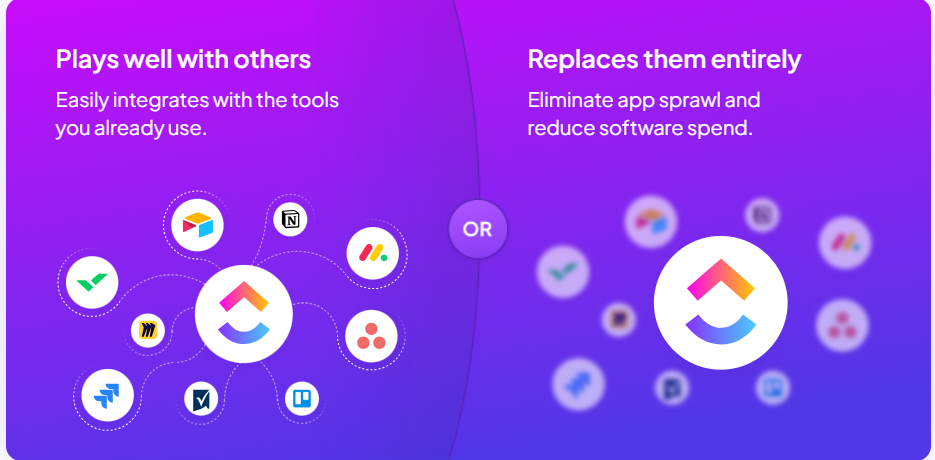Keras Deep Learning: The Ultimate Guide
- Sharon Rajendra Manmothe

- Aug 4, 2023
- 3 min read
Keras is a user-friendly and powerful library for building and training artificial intelligence models called neural networks. It provides an easy-to-understand interface that allows you to create sophisticated AI systems without having to worry about the complex mathematical details. With Keras, you can quickly experiment with different neural network architectures, making it a popular choice for beginners and experts alike in the field of deep learning.
Deep learning has emerged as a game-changer in the field of artificial intelligence, enabling computers to perform complex tasks that were once considered impossible. At the core of this revolution are neural networks, intricate mathematical models inspired by the human brain. While the theoretical concepts behind neural networks can be daunting, practical implementation has been made much more accessible thanks to powerful libraries like Keras.

We will embark on a journey to understand and utilize Keras, an open-source deep learning framework written in Python. We'll delve into its features, explore its functionality, and learn how to build, train, and deploy neural networks for a variety of tasks. Whether you're a seasoned deep learning expert or a curious beginner, this guide will equip you with the tools you need to harness the full potential of Keras.
1. What is Keras?
Keras is a high-level neural networks API that serves as a user-friendly interface to work with deep learning models. Developed by François Chollet, Keras has quickly gained popularity for its simplicity, modularity, and ease of use. It enables rapid experimentation and prototyping, allowing researchers and developers to iterate quickly and explore different architectures effortlessly.
One of Keras' key strengths is its seamless integration with TensorFlow, making it an essential component of the TensorFlow ecosystem. Keras can also run on top of other backend engines like Theano, but in this tutorial, we'll primarily use the TensorFlow backend.
2. Installation and Setup
Before we dive into building and training neural networks with Keras, let's get our development environment set up. To begin, ensure that you have Python installed on your system. You can download the latest version of Python from the official website (https://www.python.org/downloads/).
Next, we need to install Keras and its underlying backend, TensorFlow. Open your terminal or command prompt and execute the following commands:
pip install keras
pip install tensorflowWith these installations completed, we are ready to dive into the world of deep learning with Keras.
3. Building Your First Neural Network
Let's take our first step into the world of deep learning by building a simple neural network using Keras' Sequential API. The Sequential API allows us to create models layer by layer, making it ideal for straightforward feedforward networks.
In our example, we'll create a neural network to classify handwritten digits from the famous MNIST dataset...
4. Working with Different Types of Layers
A neural network is composed of multiple layers, each serving a specific purpose. Keras provides a wide range of layers that cater to various deep learning tasks. Some commonly used layers include:
Dense (Fully Connected) Layer
Convolutional Layer
Recurrent Layer
Pooling Layer
Dropout Layer
BatchNormalization Layer
In this section, we'll explore each layer's functionality and learn when and how to use them in our models...
5. Compiling and Training Models
Once we've constructed our neural network architecture, the next step is to compile the model. Compiling involves specifying the loss function, optimizer, and optional evaluation metrics...
6. Evaluating and Fine-Tuning Models
After training our model, we need to evaluate its performance to ensure it's working as expected. Keras provides various evaluation methods to assess model accuracy and generalization...
7. Transfer Learning with Keras
Transfer learning is a powerful technique that leverages pre-trained models to solve new, related tasks with minimal data. Keras makes transfer learning a breeze, thanks to its integration with pre-trained models like VGG16, ResNet, and others...
8. Advanced Techniques with Keras
Keras offers several advanced techniques to enhance model performance and mitigate common issues like overfitting. Some of these techniques include:
Data Augmentation
Learning Rate Scheduling
Callbacks
Custom Loss Functions
Custom Layers
We'll explore these techniques and provide code examples to demonstrate their effectiveness...
9. Deploying Keras Models
Once we have a trained and optimized model, we'll need to deploy it for real-world use. Keras offers several deployment options, including exporting models to various formats and using them in different environments...
Conclusion
In this comprehensive guide, we've taken a deep dive into the world of Keras and explored its features, capabilities, and practical applications. We've learned how to build, train, and evaluate neural networks for various tasks, and we've touched on advanced techniques to improve model performance.
As you continue your journey in deep learning with Keras, remember that practice and experimentation are key to becoming proficient. Harness the power of Keras to create cutting-edge AI applications and contribute to the exciting world of artificial intelligence.
References
Official Keras Documentation: https://keras.io/
Chollet, F. (2017). Deep Learning with Python. Manning Publications.




Comments